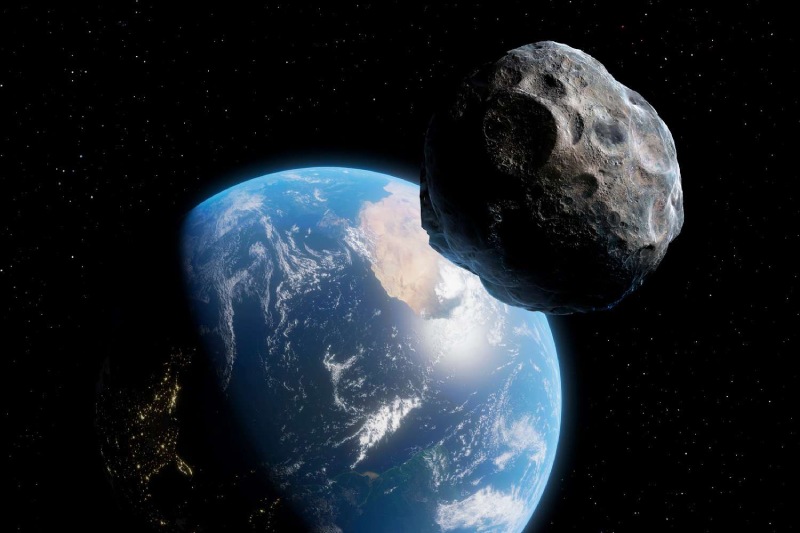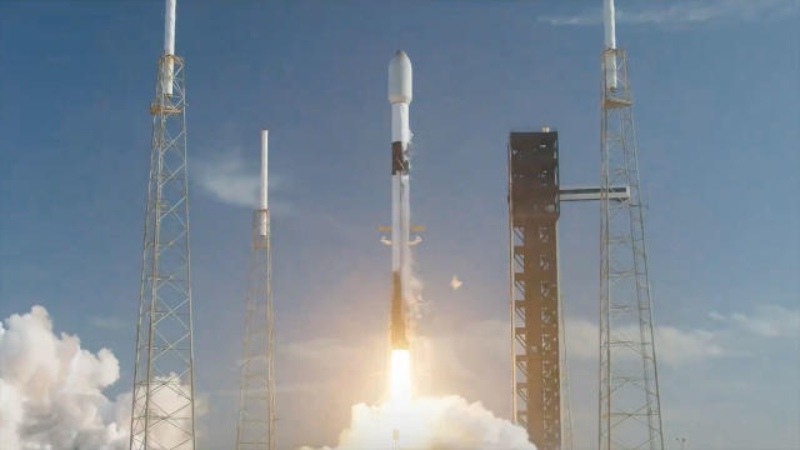NASA is keeping a close eye out for potentially dangerous asteroids.
The space agency recently took its first close-up pictures of 2008 OS7, an asteroid that ranges in size from 200 to 500 meters (650 to 1,640 ft). Early in February, it passed within 1.8 million miles (2.9 million kilometers) of Earth, which is relatively close in cosmic standards. According to NASA, that is just 7.5 times the distance between the planet and the moon.
Luckily, there was no threat to Earth from this asteroid’s path. In general, there is minimal chance that big asteroids will strike Earth in the near future.
“There was no risk of the asteroid — called 2008 OS7 — impacting our planet, but scientists at NASA’s Jet Propulsion Laboratory in Southern California used a powerful radio antenna to better determine the size, rotation, shape, and surface details of this near-Earth object (NEO),” the agency said in a statement.
Eight images of this asteroid captured in the Californian desert using a massive radio telescope are shown below. (Radio telescopes use a technique called beaming a signal to the target object, then capturing the reflected radio waves using an antenna to take pictures of asteroids.) Some radio dishes are very large. The Goldstone Solar System Radar, which is 230 feet (70 meters) in diameter, is the device that took these pictures of 2008 OS7.
Even while our solar system is home to millions of asteroids, the cosmos is far less chaotic now than it was when it was first formed, some 4.5 billion years ago, when objects collided constantly (and some gathered together, forming planets and moons).
According to Sally Dodson-Robinson, a planetary scientist at the University of Delaware, “the solar system used to be a lot more violent than it is now,” Mashable reported last year.
Over 90% of the half-mile-plus “planet-killer” asteroids that occasionally fly close to Earth’s neighborhood have already been identified by astronomers, and there is no known risk of collision with these massive rocks for the next 100 years. In the meantime, the chance of an impact occurring within the next millennium is extremely low.
Furthermore, more than 10,000 space rocks that are over 460 feet across have been discovered by astronomers in close proximity (“nearby” often refers to many millions of miles distant), and about 500 more of these objects are discovered every year in the shadows of the sky. (These might wreak enormous havoc on the area; an estimated 15,000 are still unidentified.)
– While asteroids frequently pass through the area around Earth, major impacts are extremely uncommon:
– Every day, over 100 tons of dust and particles the size of sand enter the Earth’s atmosphere and instantly burn up.
– According to NASA, a “automobile-sized asteroid” crashes into our sky and explodes once a year on average.
– Every 10,000 to 20,000 years, objects with a diameter of around 460 feet collide with Earth.
– On timelines of 100 million years, a “dinosaur-killing” impact from a boulder that may be half a mile across or greater occurs.
Topics #NASA #Stadium-Sized Asteroid










